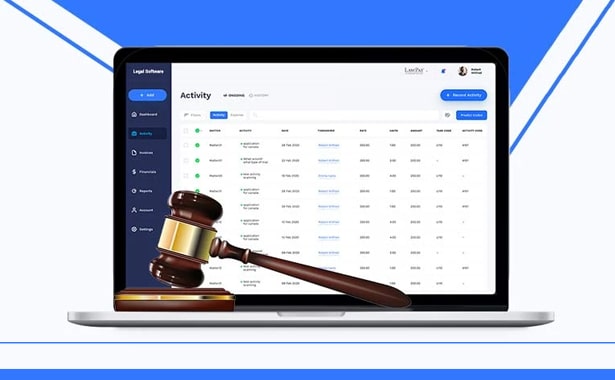Request for a Discontinuance Order Without a Hearing Form in Ontario
The form provides guidelines for landlords on discontinuing L1 applications without a hearing. It outlines when and how a tenant can discontinue the application by paying all rent arrears and the landlord’s application filing fee at the Landlord and Tenant Board (LTB). The document explains the process for landlords to request a discontinuance order from the LTB, which typically does not require a hearing if the form is correctly completed.
Landlord and Tenant Board (LTB) hearing wait times in Ontario have significantly increased, with recent data indicating that cases are taking more than a year on average to be resolved. LTB hearing wait times 2023 show that the average wait times for tenant cases have grown to approximately fifteen months, an increase from eleven months in a previous tally.
To correctly fill out this form follow these steps, based on the instructions provided in the document:
- Understand the Purpose: This form is used when a landlord wishes to discontinue an L1 application (application to evict a tenant for non-payment of rent) without a hearing, following the tenant’s payment of all rent arrears and the landlord’s LTB filing fee.
- Completing the Form:
- Section 1: State that you are the landlord (or the legal representative of the landlord) and acknowledge that you had filed an L1 application to terminate the tenancy and evict the tenant(s) due to rent arrears.
- Section 2: Confirm that after filing the L1 application, the tenant(s) paid all the rent arrears and any new rent due up to the specified period, including the landlord’s filing fee for the application. Clearly mention the amounts and the date by which everything was paid.
- Section 3: Solemnly declare the information provided is true, understanding that providing false or misleading documents to the Board is an offence. Request the Landlord and Tenant Board (LTB) to issue a discontinuance order.
- Identification and Declaration:
- Identify whether you are the landlord or the landlord’s representative.
- Fill in the declarant’s name.
- Sign and date the form in the designated areas.
- Do Not Fill Certain Sections: Specifically, do not complete the “Date Issued” section or provide the name of the Member. These sections are for LTB Member completion if a discontinuance order is issued.
- Submitting the Form: After filling out the form, review all provided information for accuracy. Then, submit the form to the LTB as directed. Ensure you keep a copy for your records.
- Contact for Questions: If you have any questions or need further clarification, contact the LTB at the phone numbers provided on the form.
Disclaimer: This guide is provided for informational purposes only and is not intended as legal advice. You should consult the Residential Tenancies Act or a legal professional.




